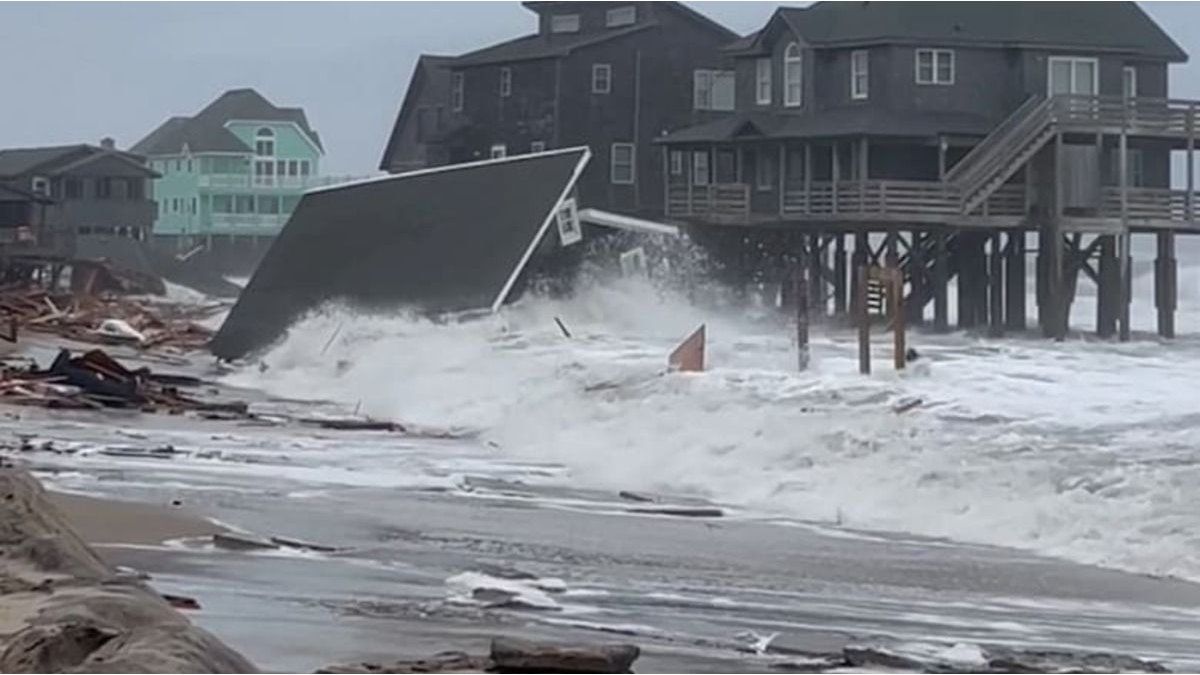The war waged by Russia against Ukraine dampened economic growth in Austria until well into the middle of the decade. From 2022 to 2026, GDP growth will slow down by half a percentage point on average, instead of 2.6 percent a year as assumed in November, only 2.1 percent a year in real growth now seems realistic. However, the labor market will recover more quickly after Corona, according to the new Wifo medium-term forecast.
This year, Austria’s economy is likely to grow by 3.9 percent, as predicted in the spring forecast at the end of March – but by 2026 there will be a weakening to just 1.4 percent. Despite the weakening of economic growth, the increasing shortage of labor is leading to a noticeable decline in the unemployment rate: It should reach the pre-crisis level of 6.7 percent this year and fall to 6 percent by 2026.
private consumption increases
Over the entire forecast period, private consumption should benefit from the savings accumulated during the lockdowns in 2020/21 and should therefore be able to increase by 2.3 percent on average for the year, starting with +3.9 percent this year. Exports are growing by 3.8 percent per year and imports by 3.7 percent, this year +6.1 and +4.6 percent respectively. Investments will still be supported this year by the investment bonus; A weakening is expected by 2024, followed by an increase again from 2025 due to the KÖSt reduction and eco-invest exemption.
The Ukraine war is increasing economic uncertainty, curbing consumer and investment spending and, above all, making energy more expensive: “Due to Austria’s greater dependence on Russian natural gas, domestic GDP growth will be weaker by an average of 0.1 percentage point per year up to 2026 than in the euro area.” , according to the economic research institute (Wifo) in its update on the medium-term forecast. Wifo expects the euro area to grow by only 3.2 percent in real terms this year; most recently, a plus of 4.7 percent had been assumed; on average for the years 2022 to 2026, the euro zone should grow by an average of 2.2 percent pa from Wifo’s point of view.
Energy: Price increases hit private with a delay
The strong price increase on the world market, which had already started in 2021, will be intensified and prolonged in 2022 by the Omicron wave in China and the Ukraine war. The rise in prices is being carried primarily by the sharp rise in energy prices. And the CO2 pricing that will come into effect on July 1 will contribute around 0.1 percentage points to Austria’s inflation.
Since the energy price increases in European wholesale will only be passed on to private households with a delay, the household energy sector will also contribute to inflation in 2023. On the other hand, mineral oil products are likely to make a negative contribution to inflation – on average for the year. Higher domestic price pressure is assumed for 2023 due to the inflation-related higher gross nominal wages per capita this year (+3.4 percent).
The inflation rate is expected to be 5.8 percent on an annual average in Austria this year, compared to 2.8 percent in the previous year, and 3.2 percent is also forecast for 2023 over the year. Of course, that will also drive the total wages and salaries: this year by 5.8 percent, after 5.5 percent last year – next year even by 6.1 percent.
However, per capita incomes are likely to fall by 2.3 percent in real terms this year due to high inflation. However, net real wages per capita are likely to fall by only 1.1 percent this year as a result of the tax reform and initial measures to cushion the loss of purchasing power, but will probably rise by 1.6 percent in 2023.
According to the Maastricht definition, the budget deficit is likely to drop to 2.4 percent of GDP in the current year. This was also seen at the beginning of November under completely different conditions. The budgetary improvements expected for 2022 would result in particular from the reduction in expenses for short-time work, the elimination of the cancellation bonus and the fixed cost subsidy and the reduction in support services from the non-profit and hardship funds. “In total, about 12 billion euros less in subsidies and transfers should therefore be paid out than in the previous year,” sums up Wifo. In 2023, the deficit is expected to fall to 1.1 percent of GDP, and to 0.4 percent of gross domestic product by 2026.
Gas stop would hit Austria harder than Germany
As with the last quarterly economic forecast from March, it was assumed that oil and natural gas will continue to flow from Russia to the EU and that the EU sanctions against Russia will continue to not stop imports of these two raw materials. Due to Austria’s high level of dependence on Russian gas, a more severe economic slump is expected for domestic industry and power generation than in Germany in the event of a supply stoppage. According to Wifo, current estimates for Germany would assume a drop in GDP of between 3 and 6 percent for a scenario involving a gas supply stop or an embargo.
The Ukraine war and the Covid-19 pandemic would pose the most important downside risks for the medium-term forecast, it said. Domestic exports could therefore develop more slowly than assumed in the forecast. In addition, GDP growth, employment and income development as well as tax revenue in Austria would possibly be weaker and government spending tend to be higher than assumed.
Source: Nachrichten




